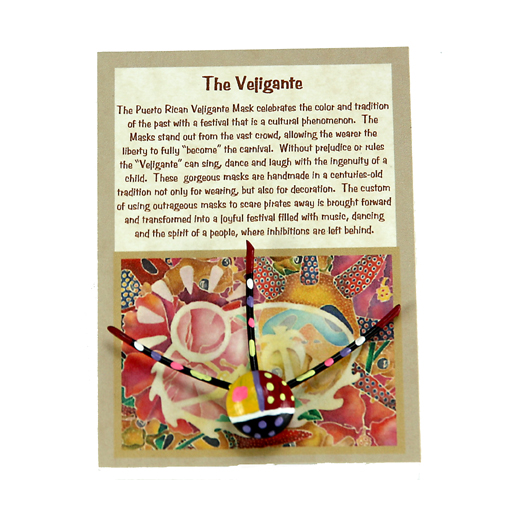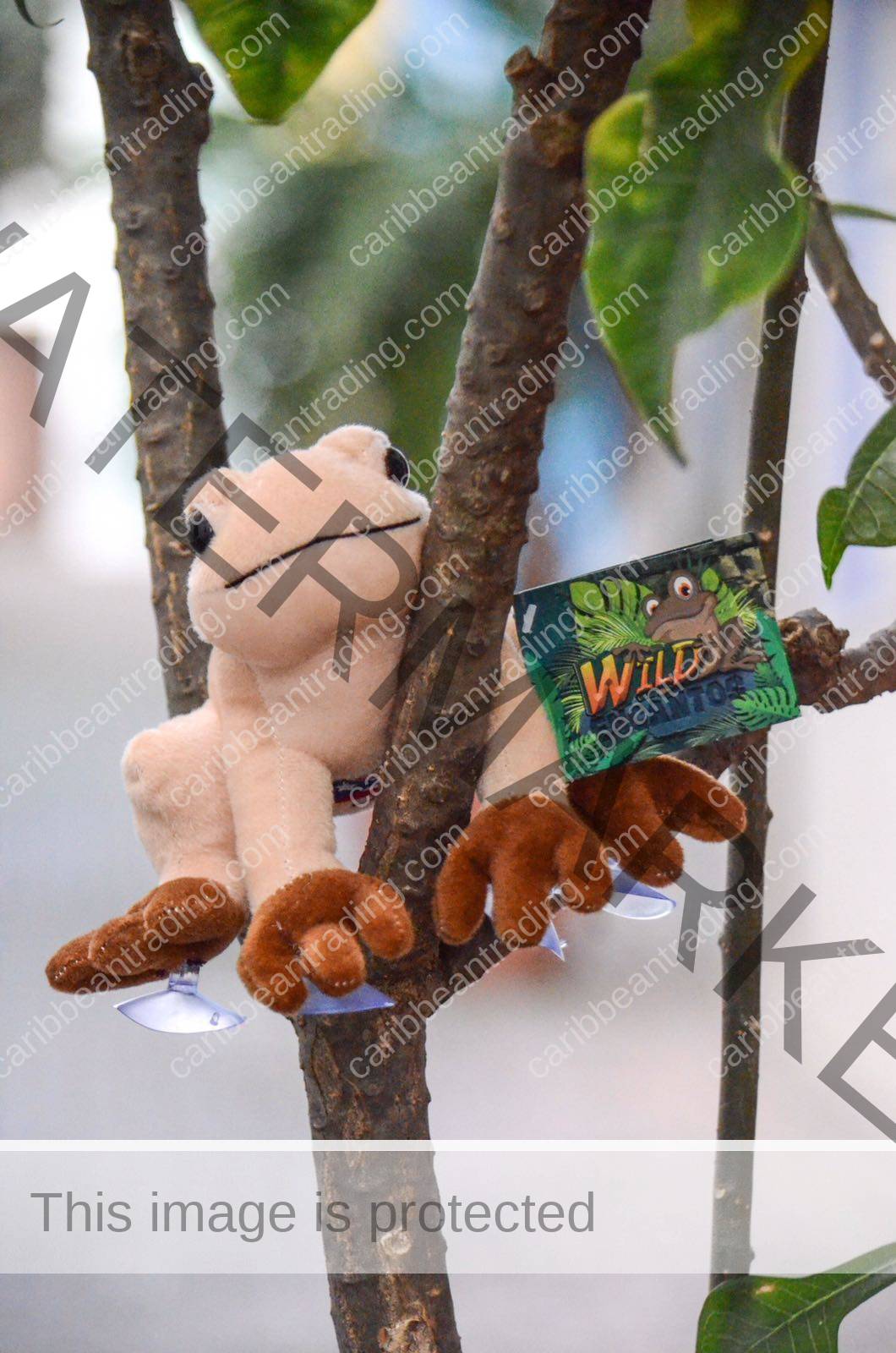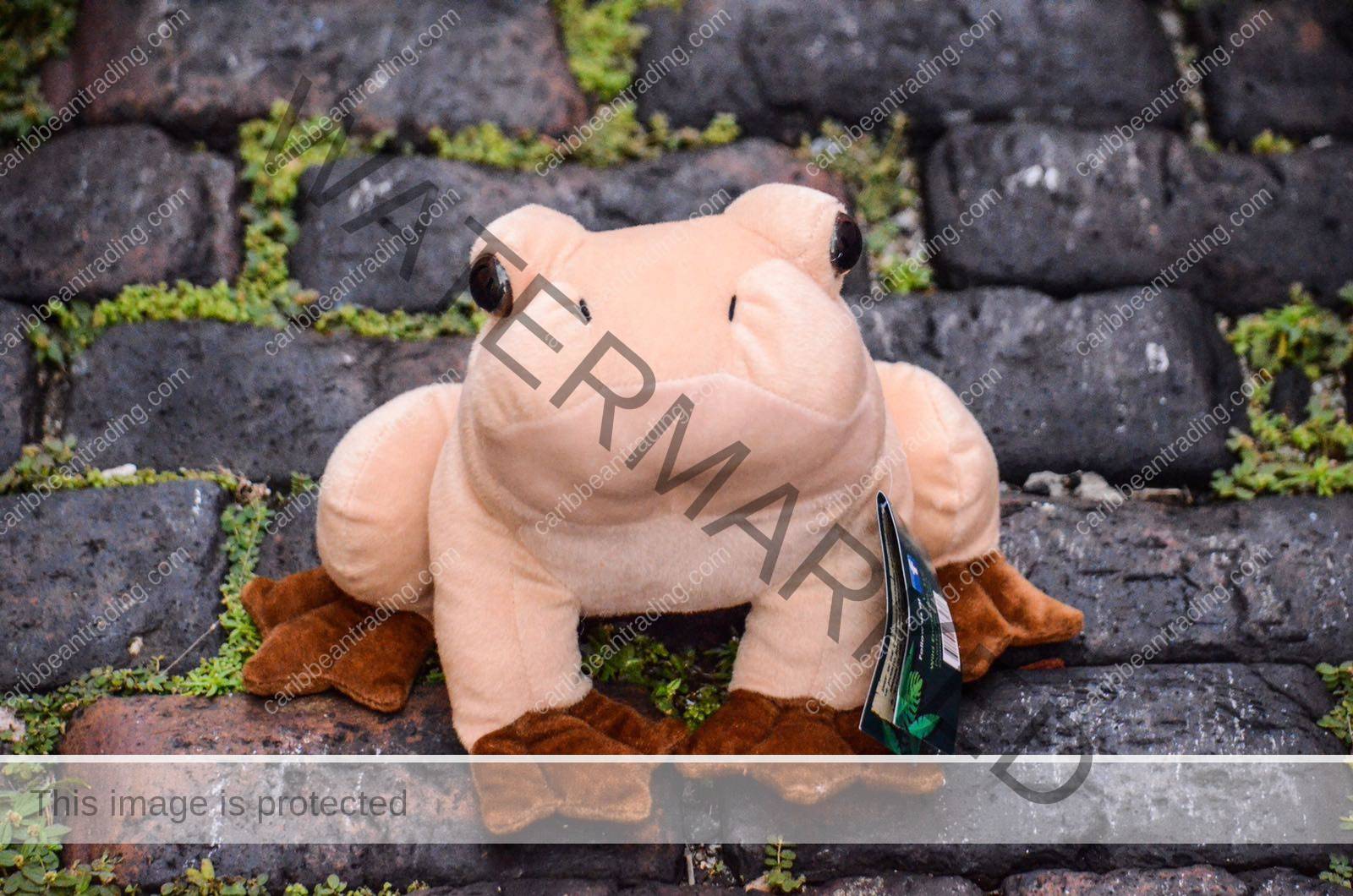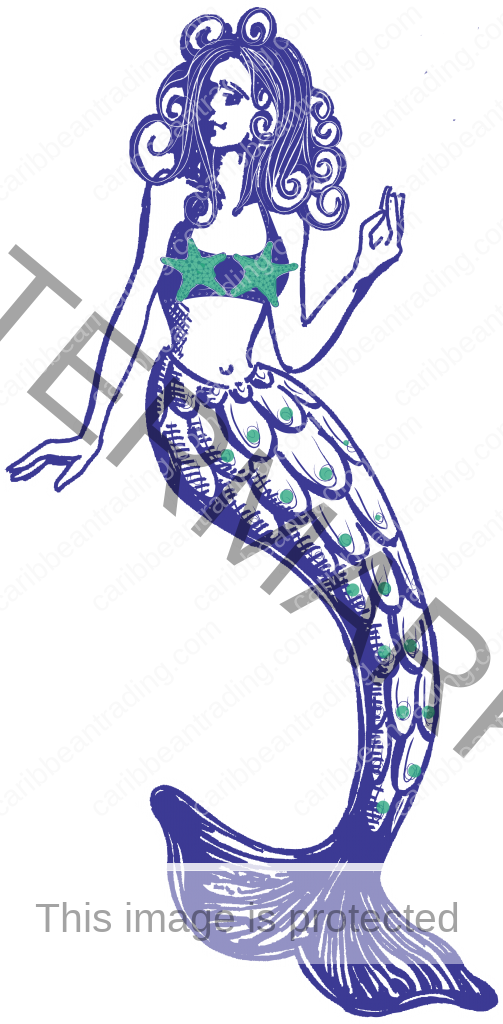No products in the cart.
Culture, Puerto Rico
Puerto Rican Cultural Icon: The Vejigante
The name Vejigante comes from the Spanish word vejiga, meaning bladder, and gigante, meaning giant. Vejigante (bay-he-Gahn-tay) are used to scare people during carnival time. Vejigante’s often wear bat-winged jump-suits, roam the streets either individually or in groups and carry inflated cow bladders (vejigas) at the end of a stick. The Vejigante (Vay-he-GAHN-tay) is a fantastic, colorful character introduced into carnival celebrations in Puerto Rico hundreds of years ago. He is a classic example of the blending of African, Spanish, and Caribbean influences in Puerto Rican culture.
During the carnival celebrations in Loiza, Aldea and Ponce, the Vejigantes roam the streets in groups and chase children with their “vejigas.” The tradition of “carnival” dates back to the Middle Ages and is still observed in most of Europe and the Americas. The word itself is said to come from the Latin “carne vale” (“farewell to the flesh”) or “Fiestas de carnestolenda.” These festivities take place approximately three days before Ash Wednesday. For three days and nights people celebrate with boisterous gatherings that feature extravagant costumes and themes before preparing their souls for the coming Lenten fast.
Carnival reached Puerto Rico by way of Spanish settlers during the 18th century where they were adapted into a uniquely Puerto Rican experience. The use of masks for social and religious ceremonies in Puerto Rico goes back to the late 17th century when techniques and materials such as paper-machie were adopted from Asia. Today, construction techniques vary from town to town and aesthetics are ruled strictly by the artist. This new generation of artists explore contemporary themes in their work, but there are still those artisans dedicated to preserving classical mask-making traditions.
Masks can be seen in action at the three big masquerade carnivals on the island. They are the Carnival of Ponce, St James Festival, and the Hatillo Mask Festival of the Holy Innocents. The masks used for the Hatillo Mask Festival of the Holy Innocents represented the soldiers that killed the children of Israel at King Herod’s request. Vejigantes masks are significant for the Carnival of Ponce and the St. James Festival, also.
The famed vejigante masks are made in the cities of Loiza and Ponce.
Loiza is famous for its coconut vejigante masks. Because of the extreme African influence in this town, these masks are made of coconut shells. The shell is cut as well as the nut and some of the coconut inside to make space for a human face. A monstrous looking face is carved into the shell and the teeth are created. The tongue is also made of coconut shell. These masks are characterized by large horns, big eyes and huge lips and noses representing demons.
A vejigante mask made in Ponce differs from Loiza because it is made of paper mache. This process is simply dipping paper strips in a glue mixture and molding it. These molds dry into hard shapes. The form of the face is a clay mold or outer shell of a large gourd. The horns are another mask tradition and are usually bull or cattle molds.
Both styles of vejigante masks are available for sale in our stores:
In our online shop you will find the following:







